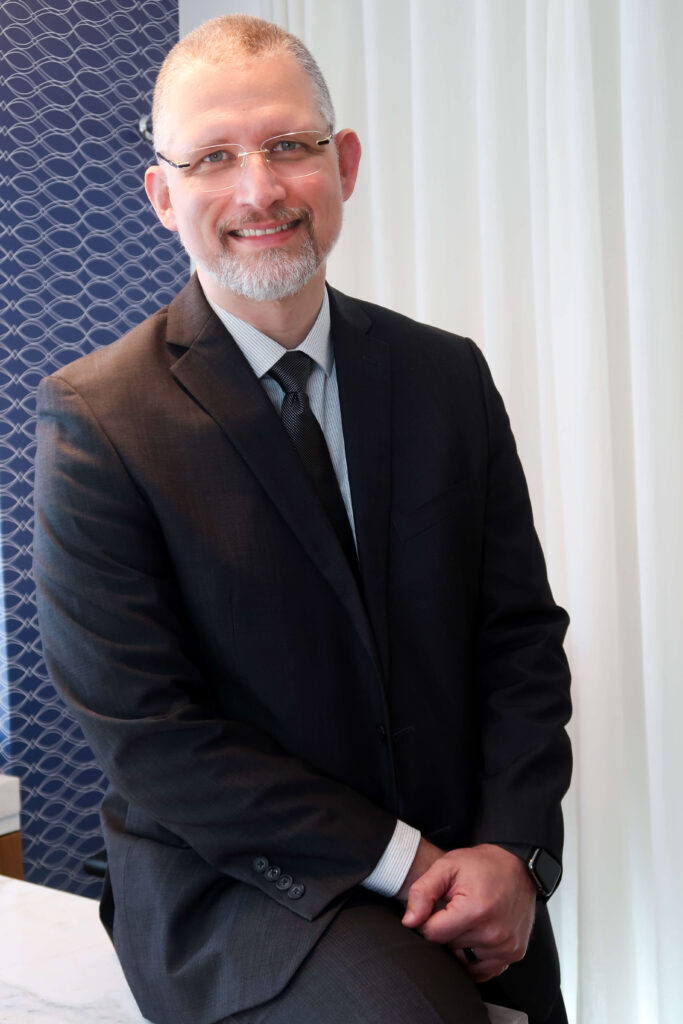Male breast surgery
Male Gynecomastia
Gynecomastia, a little-known term, refers to plastic surgery designed to reduce male breast tissue. The condition varies from a slight increase to a significant increase in breast tissue, accompanied by excess fat. Often observed after puberty, due to substantial weight gain or the use of anabolic steroids, gynecomastia affects both the physical and mental well-being of men.
Gynecomastia surgery not only offers aesthetic benefits, but also addresses psychological concerns in men facing this condition. The impact on self-image is consistently negative, especially in advanced cases where psychological discomfort and the need to hide breast enlargement with clothing become prevalent.
The accumulation of breast tissue and fat can be bilateral or unilateral, requiring investigations into hormonal imbalances along with ultrasound assessments as a crucial preoperative step. Routine examinations, usually carried out before any plastic surgery, further enhance the diagnostic process.
Further information about male gynecomastia
Anesthesia in Male Gynecomastia
The choice of anesthesia is a crucial consideration. Local or epidural anesthesia with sedation is common, offering a less invasive and safer approach.
The Male Gynecomastia Scar
The incision is usually made around the areola, minimizing the visibility of the scar. The technique used and the patient’s genetic predisposition influence the healing process.
Preoperative Breast Reduction Surgery
- 1. Obey the instructions given for admission
- 2. Report any abnormalities that may occur in their general condition.
- 3. Enter hospital fasting for at least 8 hours and do not bring valuables into the hospital.
- 4. Come accompanied to the hospital.
- 5. Avoid wearing earrings, rings, piercings, colored nail polish, etc. Any of these will be removed before surgery.
- 6. The bra should be taken to hospital.
Postoperative Breast Reduction Surgery
- 1. avoid exertion for 30 days.
- 2. Do not raise your arms or carry any weight for 30 days, unless specifically advised by your surgeon. (Elbows close to the body.)
- 3. Get up as many times as recommended on discharge from hospital, observing the periods of sitting and avoiding maximum effort.
- 4. Do not expose yourself to the sun or cold for at least 14 days.
- 5. Obey the doctor's prescription.
- 6. Return to the office for subsequent dressings, on the days and at the times stipulated.
- 7. Don't worry about the intermediate forms in the various phases. Ask your surgeon any questions you may have.
- 8. Normal diet (except in special cases). We recommend a high-protein diet (meat, eggs, milk) as well as fruit.
- 9. Wait to go on your "diet or slimming regime" once you've been cleared by your doctor. Anticipating such conduct on your own could lead to difficult consequences.
Other breast procedures
Surgeries and procedures performed by Dr. Celso Boechat
Other Plastic Surgeries in Rio de Janeiro
From stunning beaches to vibrant aesthetics, discover the plastic surgeries that reflect Rio de Janeiro’s beautiful spirit and dynamic aesthetic standards.
Breast surgery
Raise your self-esteem, reaffirm your beauty.
Body Surgeries
Transformations for your ideal body.
Facial surgery
Facial renewal, bring out your true expression.
Questions about male breast reduction
Male gynecomastia: The most asked questions about breast reduction surgery
In some cases, gynecomastia can regress spontaneously, especially if it is caused by temporary hormonal changes. However, in persistent cases, surgery may be an option.
Surgeons try to make discreet incisions to minimize visible scars. The extent of scarring can vary depending on the technique used.
What causes gynecomastia?
- Obesity: Excess fat in the chest area can lead to hormonal changes, causing gynecomastia.
- Hormonal changes: Imbalances in oestrogen and testosterone levels can contribute to the condition.
- Tumors and Medical Treatments: Conditions such as tumors and treatments such as chemotherapy can trigger gynecomastia.
- Puberty: Teenagers can experience gynecomastia due to hormonal changes during puberty.
- Anabolic steroids and stress: The use of these substances can disrupt hormone levels, leading to breast enlargement.
The Degrees of Gynecomastia
Gynecomastia is classified into four degrees, each indicating different levels of severity:
- Grade 1: Initial swelling of the areolas, similar to the appearance of a button.
- Grade 2: Presence of fatty tissue in the chest area with no visible boundaries.
- Grade 3: Severe condition with developed glandular tissue, excess skin and sagging.
- Grade 4: Advanced stage, resembling female breast development with significant sagging.


Appointment
Make an appointment and get your questions answered
Schedule an appointment with plastic surgeon Dr. Celso Boechat. Discover the path to aesthetic transformation and improved self-esteem. Our specialized team is ready to guide you through the procedure options, answering your questions and creating a personalized plan to suit your needs. Book your appointment now and take the first step towards a more confident and radiant version of yourself.
Send a message via WhatsApp
Service and consultations
Call Us
(21) 997336862
Opening hours
Monday to Friday - 09:00 - 21:00
Saturdays and Sundays - Closed, only for surgeries



